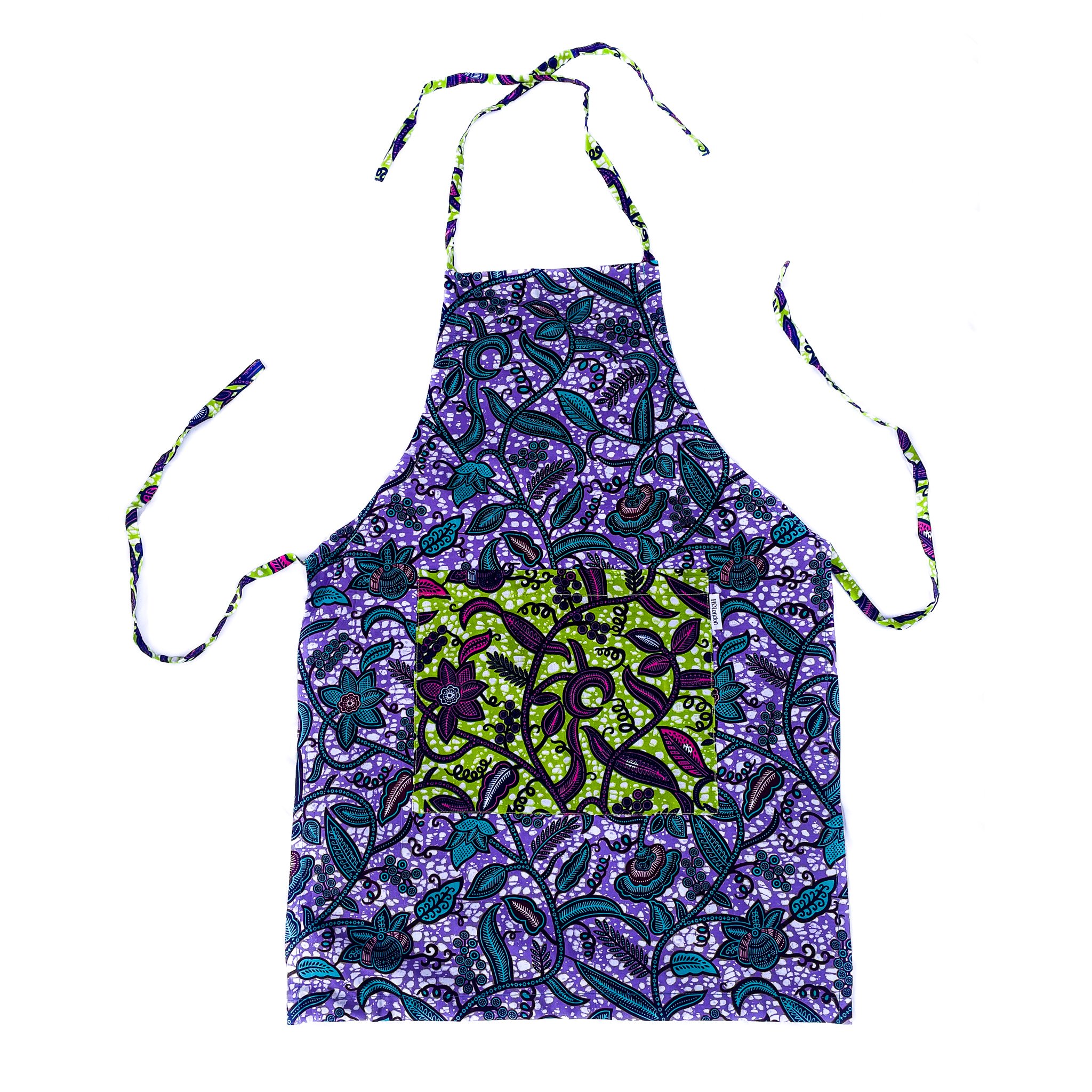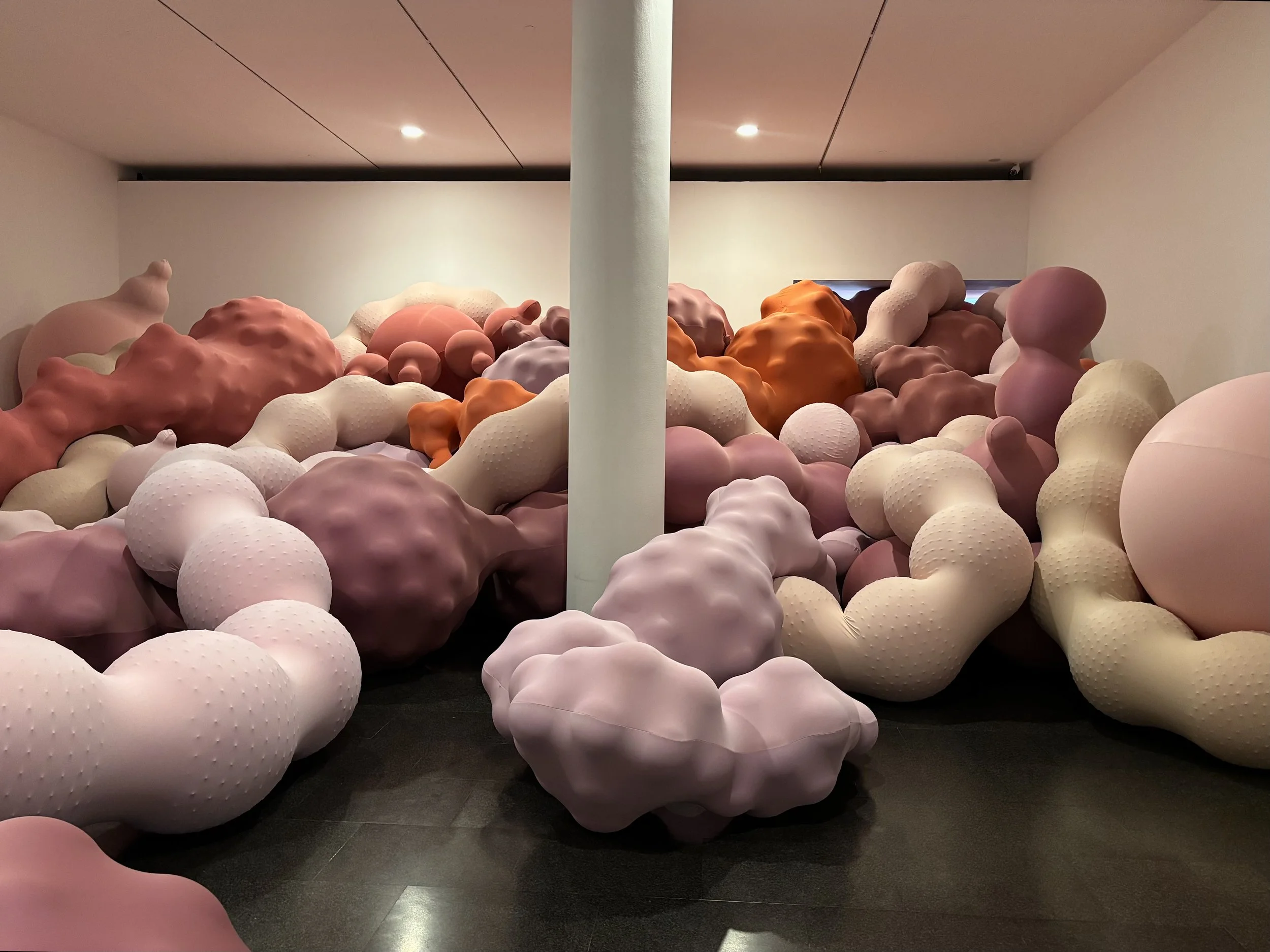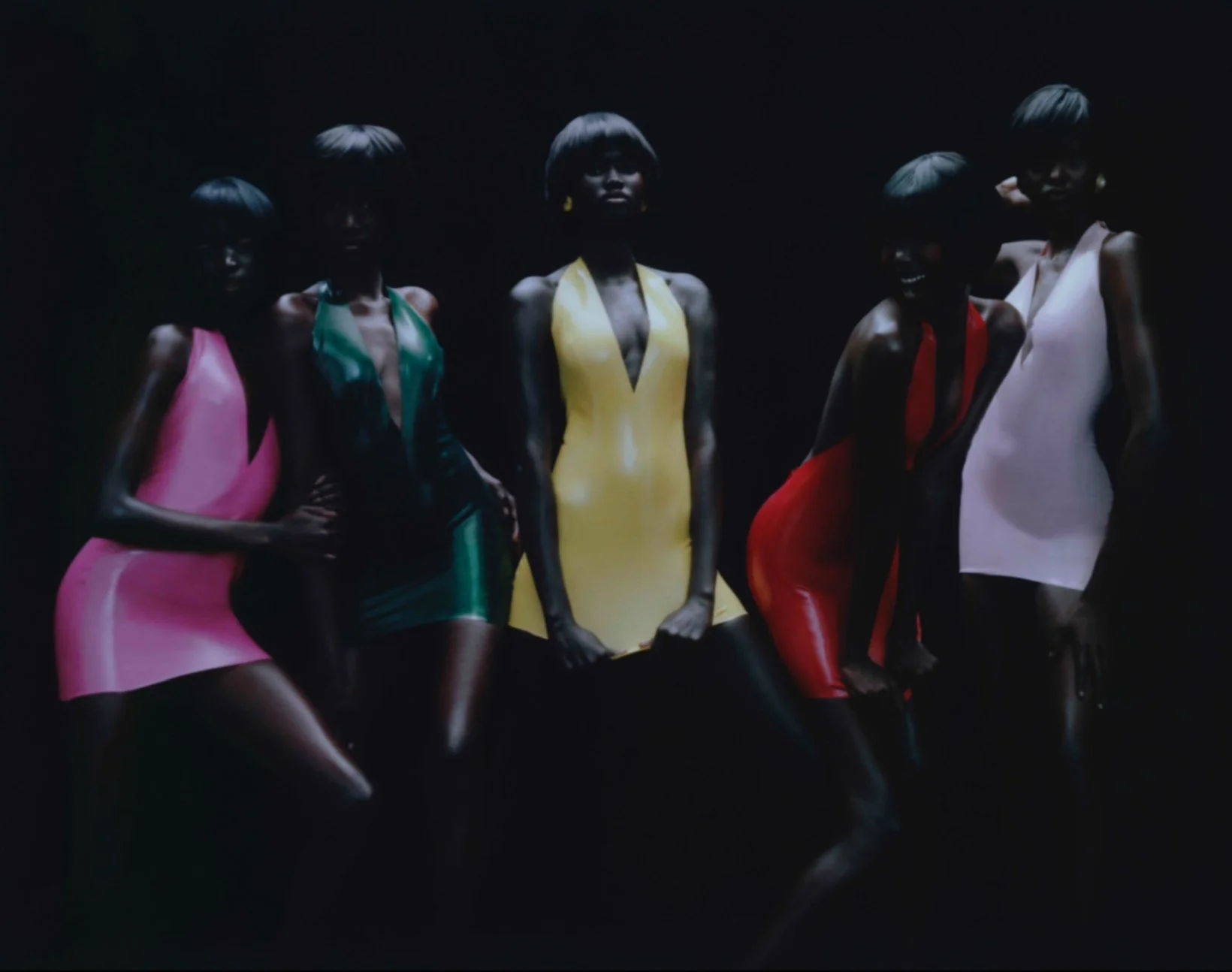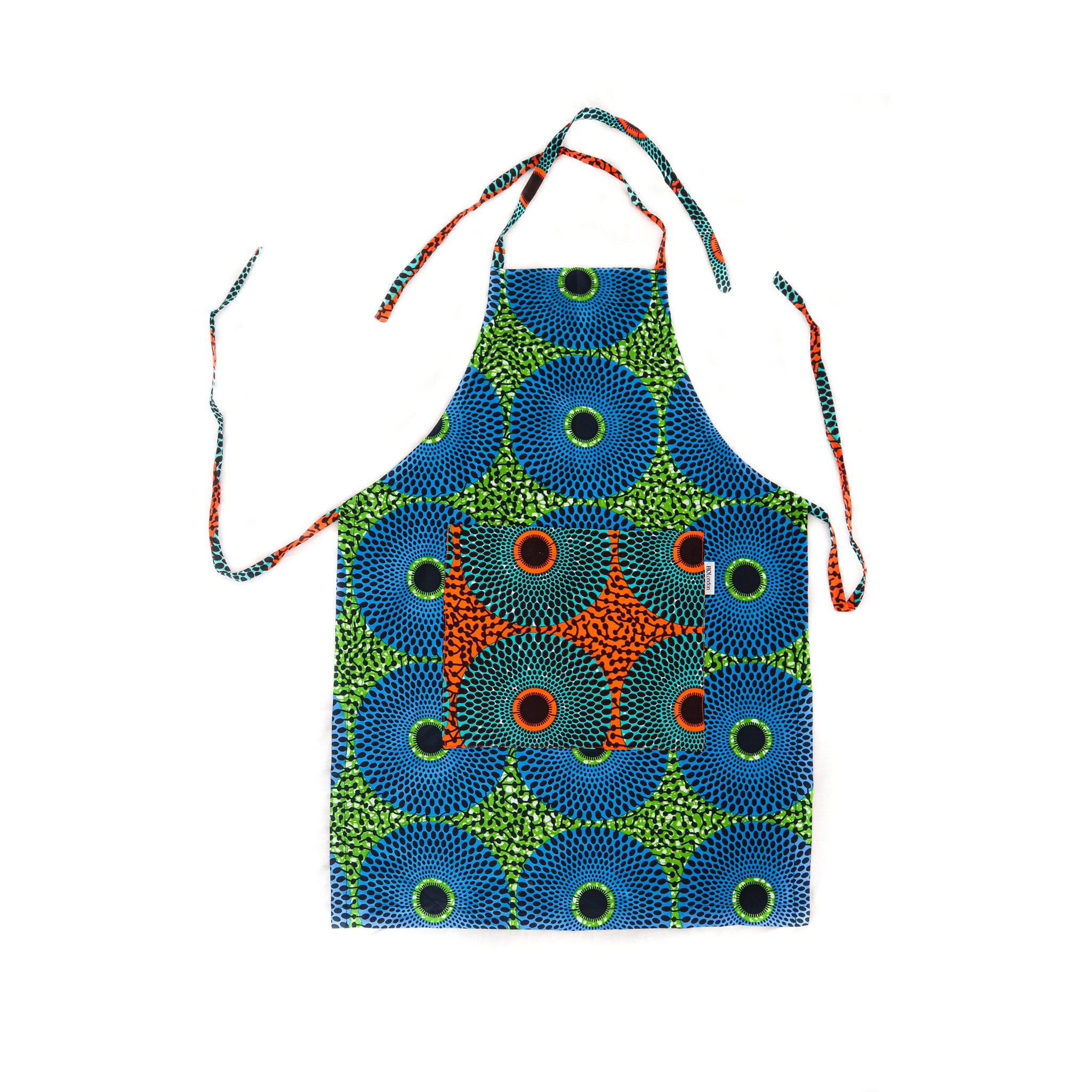Minimalist kitchens can be in vogue ― here’s how
Minimalism is one of the most controversial concepts in interior design and lifestyle choices. While gurus and social media established endless rules for becoming minimalists, we distanced ourselves from the main concept of minimalism: meaningfulness.
Minimalism is the opposite of consumerism, the movement that clutters our homes and mental space. Consumerism pushes us to own and buy more unconsciously as we feel pressured to acquire the next trendy piece of furniture or the latest shoes.
We can adopt minimalistic tips without becoming ones. For example, when it comes to our houses, we could manage clutter better, keep surfaces clean and give everything a place. Of course, that doesn’t mean the interior will look boring ― some houseplants, a neutral colour palette, and more natural light will do the trick.
How about we combine the two in the kitchen, one of the most used rooms in the house, and see what happens?
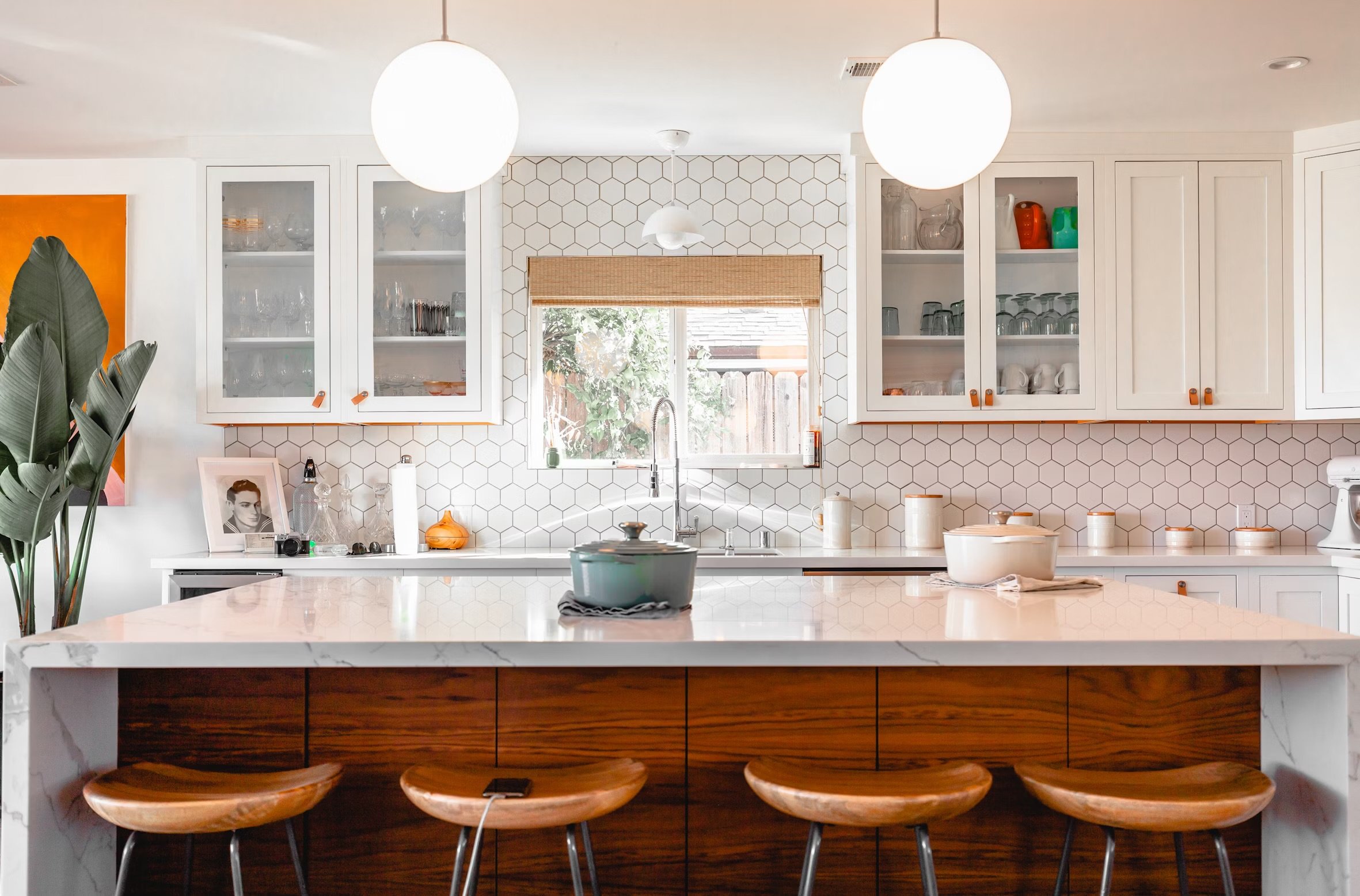
Settle on a modern and fundamental colour scheme
We often get bored of the kitchen wall colour, especially when we don’t use the correct tone and shade. Red and orange can become eye-straining, but painting the walls into a deep earthy red or a Persian orange might do the trick.
However, if you’re not a big fan of colours, you could stick with neutral or achromatic tones (black, white and grey). Black kitchens offer sophistication; white kitchens are timeless, and grey kitchens are functional and aesthetic.
The ideal kitchen combines these neutral elements, where the grey cabinetry complements the white walls and black backsplash. This colour scheme will always make the kitchen look neat.
Reduce the amount of cutlery you own
The temptation to buy the newest sets of flatware or dishware is hard to resist when so many new models and products are on the market. However, you will surely not need that much cutlery, only if you’ve got an extensive family who’s used to visiting at least once a week.
The first step in reducing cutlery is to stop buying more, even if your utensils are mismatched. What you currently own might be enough for your family and guests. Or, if you truly want to replace them all, consider donating cutlery instead of throwing it out (if it’s in good condition).
Introduce more natural elements
A minimalist and chic kitchen doesn’t have to be industrialist, which is usually the idea linked with minimalism. A warm kitchen can be simple as well with enough natural elements, such as plants. Placing houseplants throughout the kitchen improves its visual appeal and adds life to the room, besides cleaning the air.
Other earthy elements include wood finishes and high-quality stone countertops, which add something special to the kitchen. It’s also important to let as much natural light inside as possible during the day and layer artificial lighting at night. Different lighting fixtures scattered around the kitchen will do wonders for the overall aesthetic.
Organise your pantry
A minimalist kitchen is clean and organised, and this includes the pantry as well. The pantry is where things get wild most of the time, as we’re used to simply throwing everything there and closing the door. However, the space can become overwhelming to look at, so it’s ideal to organise it for both visual and functional purposes.
Create a plan for organising the pantry, where you frequently go over expired food, check items that you need to prepare soon, and clean the shelves as well. We know it can be difficult to maintain organisation when living with other people, so at least try to make it counterintuitive by placing frequently used items within reach.
Make time for a fast clean-up
An important principle of minimalism involves fast and efficient housecleaning for long-term maintenance. For example, allocate 10-15 minutes every night to tidy up quickly in the kitchen (and around the house as well) to wake up with an organised home.
In time, this will become a routine, and you’ll find it easier to maintain the kitchen organised. The tasks should include washing the dishes, wiping the countertops, and sweeping the floor. Doing this every day will help during the weekly thorough cleaning, as everything is already in place, so it won’t be that time-consuming.
Mistakes to avoid when designing a minimalist kitchen
Finding the balance between minimalism and functional features can be tricky, especially for the kitchen. We’re taught that less is more, but the rule doesn’t always apply to all people and all lifestyles. Therefore, craft better storage spaces rather than getting rid of most appliances and utensils.
Another mistake of minimalists is believing in zero customisation. A minimalist kitchen can still have personality and showcase your preferences for colour, plants, or certain decorations. The only aspect to consider is avoiding overdoing it.
Finally, balancing lighting is also tricky because cold light fixtures can make the kitchen look like a hospital room, especially if the walls are all white. On the other hand, underestimating the importance of lighting can hinder functionality and create a gloomy space. That’s where dimmable and directional lights are essential.
Is minimalism in the kitchen a 2025 trend?
While minimalism has been a back-and-forth trend until now, we expect several design concepts to disappear by 2025. Open shelving, for example, will be replaced with closed shelving because it’s not as visually bothering. All-white kitchens might also slowly disappear, as people grow tired of them quickly.
Most importantly, the industrial look, which makes kitchens look unwelcoming, will be replaced with wood and earthy finishes that are far more relaxing to look at. Modern farmhouse kitchens might follow as well.
What do you think about minimalist kitchens?
Minimalist kitchens have a basic design with neutral tones, scarce utensils, and few decorations. While most people consider them boring, they can be transformed into chic but organised spaces where everyone feels at home. We just need to consider colour schemes, lighting fixtures, and natural elements in accordance with our lifestyle, personality and future plans.
Discover the best UK festivals to visit this summer with our guide — from the legendary Reading & Leeds Festival and the elegant opera of Glyndebourne, to the music and wellness haven of Wilderness and Glasgow’s very own TRNSMT…
Discover our guide to what’s on in London this week (5–11 May), from Tate Modern’s 25th Birthday Weekender and Peckham Fringe to new exhibitions, open-air theatre, live music, film, and more...
Barcelona’s summer 2025 art exhibitions include MACBA – Collection: Prelude. Poetic Intention & Carlos Motta: Pleas of Resistance, : To See After Nature by Paula García-Masedo at Fundació Joan Miró, A Universal Master by Fernando Botero: at Palau Martorell, Zurbarán (super) Natural at MNAC, and Miguel Milá. Dissenyador (pre)industrial at Disseny Hub, offering a dynamic range of contemporary and classical works...
London Craft Week returns to London from 12-18 May 2025 with exhibitions, workshops, and live demonstrations. Discover our guide to must-see events this year…
London’s 2025 summer is packed with unmissable music festivals, from the cutting-edge electronic beats of Wide Awake and Waterworks to the pop extravaganza of Mighty Hoopla. Experience legendary performances at BST Hyde Park, iconic sounds at Somerset House Summer Series, and the celebration of underground dance at GALA…
London is set for exciting events this May, with a range of art, design, and cultural experiences. Highlights include Tate Birthday Weekender, Clerkenwell Design Week, and the opening of Soho Theatre in Walthamstow…
London’s Degree Shows offer a glimpse into the city’s creative future, with each school bringing something distinct. From the bold, multidisciplinary work at Goldsmiths, to the fine art tradition at the Slade School of Fine Art, the experimental exhibitions at Central Saint Martins, and the postgraduate focus at the Royal Academy Schools…
Tate will offer visitors a rare opportunity to view the UK AIDS Memorial Quilt in its Turbine Hall from 12 to 16 June 2025. The quilt, which began in 1989, consists of 42 quilts and 23 individual panels representing 384 individuals affected by HIV and AIDS…
Rosie Kellett debut cookbook, In for Dinner by , set for release on 1 May 2025 and available for pre-order now, is a heartfelt and practical guide to everyday cooking. Drawing on her own experiences of moving to London alone…
Discover what’s happening in London from 21–27 April, with major events including the new Multitudes arts festival at Southbank Centre, Brick Lane Jazz Festival, and the London Marathon…
What’s On in London This Week: Discover rooftop games at Roof East, cherry blossoms at the Horniman Gardens, and Easter fun at Hampton Court Palace. Plus, catch Loraine James live, Dear England at the National Theatre, and jazz nights at Ladbroke Hall…
London is set to showcase a rich and varied programme of art exhibitions this May. Here is our guide to the art exhibitions to watch out for in London in May…
With summer around the corner, what better way to spend a sunny day than by enjoying art, culture, and a bit of al fresco dining? Whether you’re looking for a peaceful spot to reflect on an exhibition or simply want to enjoy a light meal in the fresh air, here’s our guide to some of the best museum and gallery cafés with outdoor terraces in London….
As summer arrives in London, there’s no better time to embrace the city’s vibrant outdoor dining scene. Here is our guide to the best outdoor terraces to visit in London in 2025 for an unforgettable al fresco experience…
Wildlife Photographer of the Year 2025 · Gabriel Moses: Selah · Eileen Perrier: A Thousand Small Stories · Dianne Minnicucci: Belonging and Beyond · Linder: Danger Came Smiling · The Face Magazine: Culture Shift · Cecil Beaton’s Fashionable World · Deutsche Börse Photography Foundation Prize 2025 · Photo London 2025 · Taylor Wessing Photo Portrait Prize · Nature Study: Ecology and the Contemporary Photobook · Flowers – Flora in Contemporary Art & Cultur…
This April, Ladbroke Hall’s renowned Friday Jazz & Dinner series returns, showcasing an impressive roster of artists at its Sunbeam Theatre. Each evening pairs exceptional live jazz with a carefully crafted menu from the award-winning Pollini restaurant…
Holly Blakey: A Wound with Teeth & Phantom · Kit de Waal: The Best of Everything · Skatepark Mette Ingvartsen · Spring Plant Fair 2025 · Hampton Court Palace Tulip Festival 2025 · Loraine James – Three-Day Residency · Jan Lisiecki Plays Beethoven · Carmen at The Royal Opera House · Cartier Exhibition · The Carracci Cartoons: Myths in the Making · Nora Turato: pool7 · Amoako Boafo: I Do Not Come to You by Chance · Bill Albertini: Baroque-O-Vision Redux…
Robyn Orlin had her first encounter with the rickshaw drivers of Durban at the young age of five or six, an experience that left such a deep impression on her that she later sought to learn more about their fate. Rickshaws were first introduced to Durban in 1892…
Murder She Didn’t Write is misbehaviour live on stage peppered with self-awareness and unbelievably good writing. This isn't a fad, this isn't sloppy - it’s naughty and scathingly witty…
Gagosian presents I Do Not Come to You by Chance, a powerful solo exhibition by Amoako Boafo at their Grosvenor Hill gallery this April 2025…
TOZI, derived from the affectionate Venetian slang for “a close-knit group of friends,” is the brainchild of an Italian trio that met while opening Shoreditch House under the Soho House Group. In 2013, Chef Maurilio Molteni, fresh from his time as Head Chef at Shoreditch House and developing the menu at Cecconi’s, opened the first TOZI restaurant in London…
Multitudes at Southbank Centre will reimagine live music through bold collaborations across dance, theatre, and visual arts…
Multitudes Festival · Ed Atkins, Tate Britain · Brick Lane Jazz Festival · Teatro La Plaza’s Hamlet · Holly Blakey: A Wound with Teeth & Phantom · Roof East · Hampton Court Palace Tulip Festival 2025 · London Marathon 2025 · ROOH – Within Her · Sultan Stevenson Presents El Roi · Carmen at The Royal Opera House · The Big Egg Hunt 2025 · Architecture on Stage: New Architects · The Friends of Holland Park Annual Art Exhibition 2025
Autumn 2025 will bring two exciting exhibitions to the Barbican: ‘Dirty Looks’, a bold fashion exhibition exploring imperfection and decay, and an innovative art installation by Lucy Raven in The Curve…
Robyn Orlin: We wear our wheels with pride · Architecture on Stage: Lütjens Padmanabhan · Jay Bernard: Joint · Black is the Color of My Voice · Joe Webb Trio · Rhodri Davies at Cafe OTO · Sunday Times Young Writer of the Year Award 2025 · Lyon Opera Ballet: Cunningham Forever · AVA London · Sister Midnight · Astonishing Things: The Drawings of Victor Hugo · Eunjo Lee · Arpita Singh: Remembering · Fiona Banner aka The Vanity Press: Disarm · Bunhead Bakery · Time & Talents
Looking for something truly special this Mother’s Day? There are a variety of unique gifts and experiences to take advantage of in London, whether your mother loves exploring world-class art galleries and museum exhibitions, wandering through historic homes filled with fascinating stories and remarkable collections, indulging in a luxurious spa treatment, or enjoying an unforgettable dining experience..
After 18 successful years at Edinburgh Fringe, The Big Bite Size Show arrives in London for the first time at The Pleasance Theatre, no less. A gem of a place for fringe theatre in London…
180 Studios will present the largest showcase of photographer and filmmaker Gabriel Moses’ work to date, featuring over 70 photographs and 10 films in March…
Cartier Exhibition at the V&A · Giuseppe Penone: Thoughts in the Roots · Antony Gormley: WITNESS · Richard Wright at Camden Art Centre · The Carracci Cartoons: Myths in the Making · Eileen Perrier: A Thousand Small Stories · Ed Atkins at Tate Britain · Richard Hunt: Linear Peregrination · Nolan Oswald Dennis at Gasworks · Nora Turato: pool7 · In House: Ree Bradley and Pete Gomes at Studio Voltaire…
